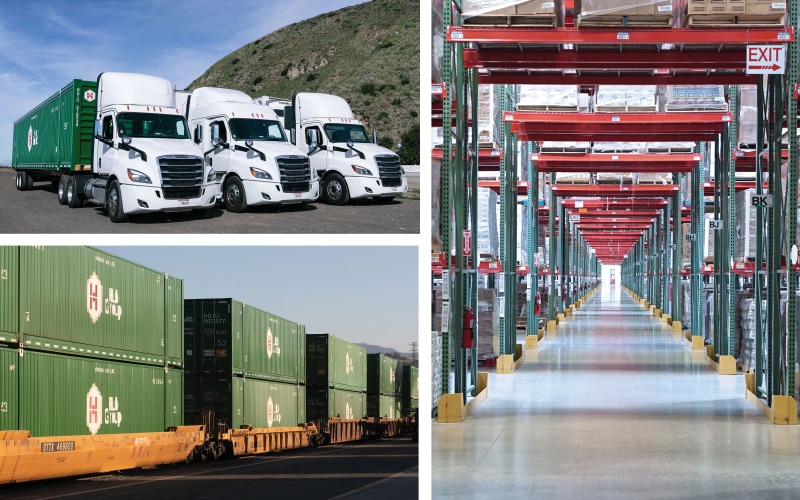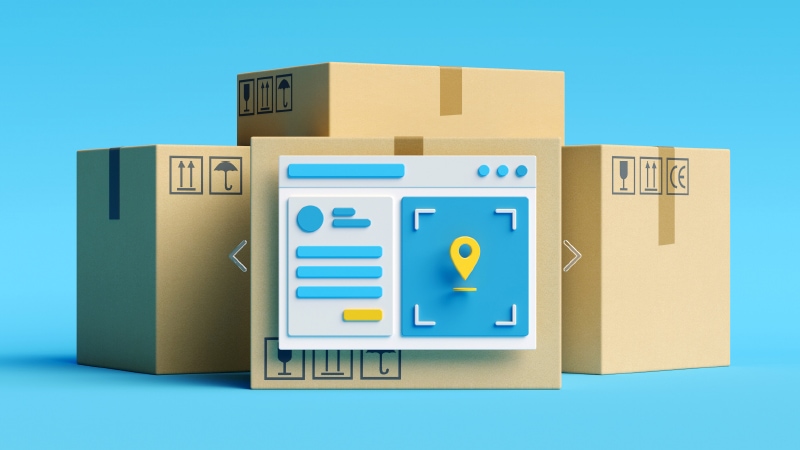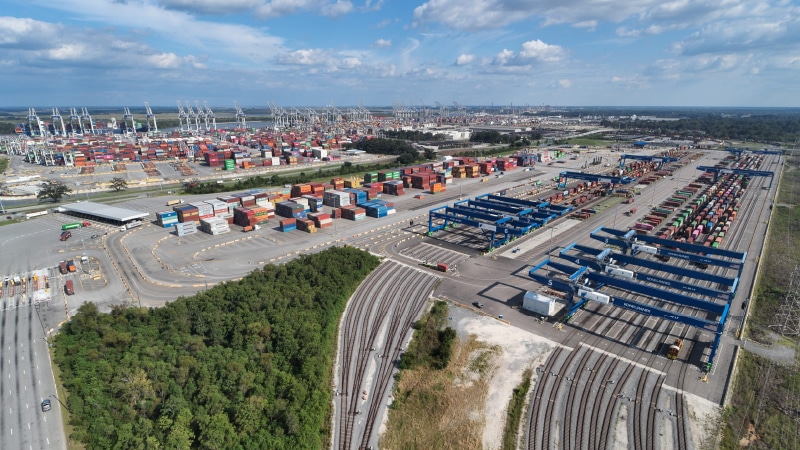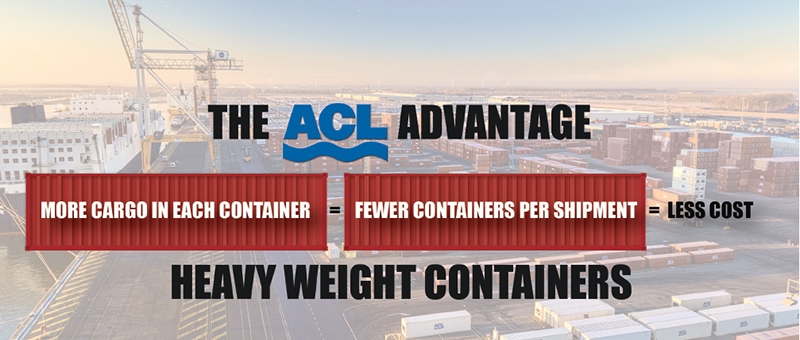Articles
Sponsored

Alaska: Terrain for the Tenacious
The logistics challenges of Alaska are met—and overcome—by enterprising and innovative logistics professionals who make it their mission to serve the people of the Frontier State.
Read More
Providing Cost Savings and Customer Service
Hub Group provides reliable, nationwide white glove service for a large furniture manufacturer, solidifying a long-term business relationship. Hub Group ensures continuous improvement and service consistency.
Read More
Unlocking Success in Heavy/Specialized Transportation & Logistics
Navigating heavy/specialized transportation can be complex—just like the loads themselves. Here’s how companies can manage these shipments.
Read More
How to Use Automation for Increased Transportation and Logistics Visibility
By embracing automation and mobile devices, transportation and logistics managers have the real-time information they need to reduce the cost of delivery operations, get the most value out of assets and personnel, and improve the quality and consistency of their customer service.
Read More
Georgia: Magnet for Growth
Leadership in logistics propels the Peach State’s success in attracting business and driving growth.
Read More
Kuehne+Nagel’s Sea-Air Logistics: Quality, Cost-Effective, and Reliable Service
Shippers of all sizes and verticals use Kuehne+Nagel’s Sea-Air product to save time and money, and minimize carbon emissions, when compared to air freight alone.
Read More
Global Logistics: Key Trends and Takeaways
The only certainty when it comes to global logistics is ongoing uncertainty. Agility, technology, and an appreciation for geopolitics are among the abilities essential to navigating the current environment.
Read More
Convergint Technologies Ensures Safe Shipping with EchoInsure+
Security solutions firm Convergint found peace of mind with Echo Global Logistics’ supplemental cargo insurance offering EchoInsure+. Through an expedited claims process with faster resolution, Echo made shipping Convergint’s high-value freight stress-free.
Read More
Load More Per Container to Cut Freight Costs
Containers that reach maximum weight capacity before the container is filled have a high price tag to ship. Cut freight costs by loading more in every container.
Read More
Fulfillment Automation: What’s Driving Adoption and How It’s Changing Operations
The key to applying new levels of automation in the fulfillment center is to take a holistic approach and start with the basics of redefining the full operational process.
Read More